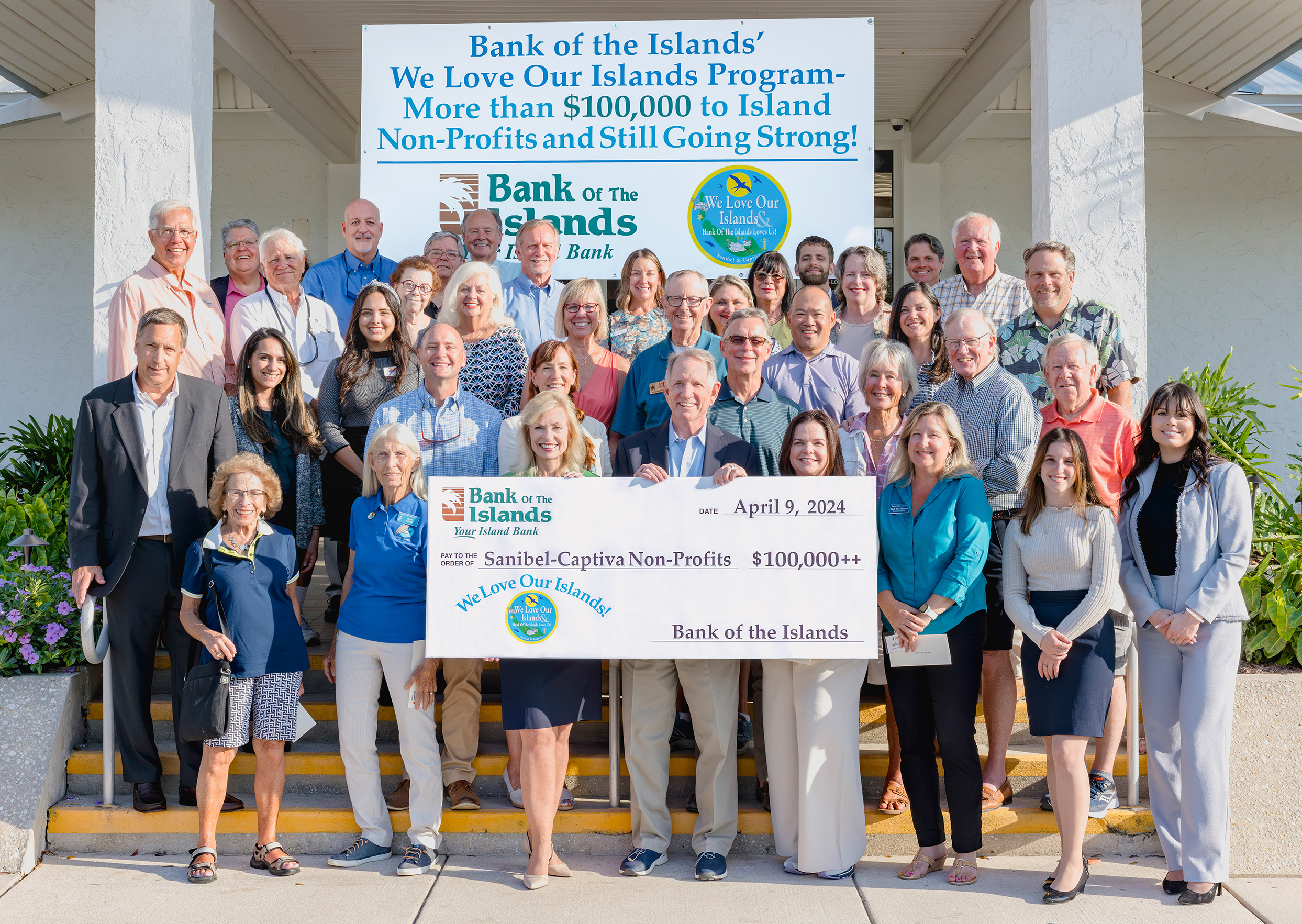 The past year once again proved quite successful for broadly diversified equity investors. Substantial ongoing liquidity provided by monetary and fiscal accommodation has undoubtedly helped spur economic growth, and by extension, stock market returns. Revenues and earnings across S&P 500 companies have risen more than 15% and 45%, respectively, year over year. Clearly, the outsized growth rates are a function of 2020 being rather weak as a result of the COVID-19 pandemic. However, U.S. companies overall are producing substantially more in sales and earnings than in 2019 (prior to the pandemic), despite the fact that some industries have yet to fully recover. Much like the Delta variant of COVID-19, the emerging Omicron variant does not seem likely to pose significant risks to the functioning of global economies. We are learning to live with this virus through practical mitigation efforts, while avoiding some of the more draconian measures first established in 2019. For this reason, we anticipate continued, albeit more normalized, growth going forward.
The past year once again proved quite successful for broadly diversified equity investors. Substantial ongoing liquidity provided by monetary and fiscal accommodation has undoubtedly helped spur economic growth, and by extension, stock market returns. Revenues and earnings across S&P 500 companies have risen more than 15% and 45%, respectively, year over year. Clearly, the outsized growth rates are a function of 2020 being rather weak as a result of the COVID-19 pandemic. However, U.S. companies overall are producing substantially more in sales and earnings than in 2019 (prior to the pandemic), despite the fact that some industries have yet to fully recover. Much like the Delta variant of COVID-19, the emerging Omicron variant does not seem likely to pose significant risks to the functioning of global economies. We are learning to live with this virus through practical mitigation efforts, while avoiding some of the more draconian measures first established in 2019. For this reason, we anticipate continued, albeit more normalized, growth going forward.
As we make our way into 2022, the subject of inflation is taking center stage. The latest release of the consumer price index (CPI) on Dec. 10 showed inflation had risen 6.9% year over year, which was the highest rate of increase since the early 1980’s. Even when we remove the impact of food and energy from the CPI calculation, which often are viewed as transitory goods, inflation is up 5% year over year. Whether you’ve purchased or sold real estate, shopped for holiday gifts, or bought a gallon of milk, inflation (higher prices) has become readily apparent in our everyday lives. To be clear, inflation can be a pernicious force for consumers, particularly among those living paycheck to paycheck.
As investors, it’s important to remember that many areas of the stock market tend to do quite well during inflationary periods of time. For example, companies with pricing power – the ability to raise prices without hurting demand – tend to perform quite well. Commodities, real estate, and other hard assets typically increase in value, and owners of those assets hedge themselves against the erosion of value. We also continue to believe that value/dividend-paying companies offer slightly better forward return prospects than many of their growth counterparts. As interest rates move higher on risk-free assets (such as U.S. Treasury bonds), the discount rate on future cash flows increases when valuing stocks. In other words, higher interest rates lead to lower valuations among companies with more of their current valuation tied to unproven future cash flows. Conversely, this is also why longer-established companies that pay dividends are seen as more attractive in a rising interest rate environment, given that their respective valuations don’t depend as much on the unknown future.
On Dec. 15, the Federal Reserve Board announced an increase in the tapering of their asset purchase program, by reducing the amount of bonds they are buying by $30 billion per month. They also expect to begin increasing the Federal Funds rate next year. The Fed’s removal of economic stimulus and tightening of policy is designed to cause interest rates to move higher, which in turn, reduces inflationary pressures. However, the Fed is just one market participant, and they do not control the entire interest-rate complex. We will be watching closely as capital markets digest policy changes to combat inflation. We should anticipate higher levels of market volatility as investors adjust to changes in monetary policy. However, as long-term investors, we always encourage our clients to stay the course. Inflation is most damaging to investors who insist on holding cash to avoid market volatility. Holding cash during an inflationary period ensures a negative real rate of return. Like any other period of time, there are risks to consider. Inflation is simply another variable to navigate as we make investment choices on behalf of our clients. Our focus will remain on sourcing and managing high-quality investments for our clients, while also considering the associated risks.
LEGAL, INVESTMENT AND TAX NOTICE: This information is not intended to be and should not be treated as legal advice, investment advice or tax advice. Readers, including professionals, should under no circumstances rely upon this information as a substitute for their own research or for obtaining specific legal or tax advice from their own counsel. Not FDIC Insured | No Guarantee | May Lose Value
IRS CIRCULAR 230 NOTICE: To the extent that this message or any attachment concerns tax matters, it is not intended to be used and cannot be used by a taxpayer for the purpose of avoiding penalties that may be imposed by law.
The Sanibel Captiva Trust Company is an independent trust company with more than $3.5 billion in assets under management that provides family office and wealth management services, including investment management, trust administration and financial counsel to high-net-worth individuals, families, businesses, foundations and endowments. Founded in 2001 as a state-chartered independent trust company, the firm is focused on wealth management services that are absolute-return oriented and performance driven. Each portfolio is separately managed and customized specifically to the client’s yield and cash-flow requirements. The Naples Trust Company and The Tampa Bay Trust Company are divisions of The Sanibel Captiva Trust Company. Offices in Sanibel-Captiva, Naples, Marco Island, Tampa, Belleair Bluffs-Clearwater and Tarpon Springs. www.sancaptrustco.com





